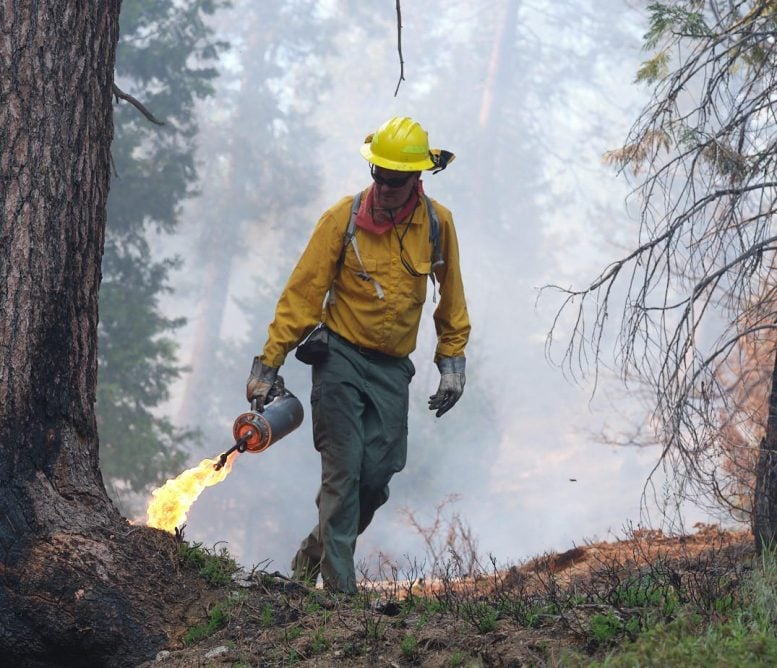
UC Davis Project Scientist John N. Williams uses a drip torch to light a prescribed burn at Shaver Lake in the Sierra National Forest. Credit: Abner Kingman
Compared to historical patterns, the “wrong kind of fire” is burning.
According to a study conducted by the Safford Lab at the University of California, Davis and its partners, there has been a significant rise in high-severity wildfires in the Sierra Nevada and Southern Cascade forests. These fires have been burning at rates that surpass any seen prior to Euro-American settlement and have particularly skyrocketed over the past ten years.
The study, which was published in the journal Ecosphere, involved scientists who analyzed fire severity data from the U.S. Forest Service and Google Earth Engine. The analysis was conducted across seven major forest types.
They found that in low- and middle-elevation forest types, the average annual area that burned at low-to-moderate severity has decreased from more than 90 percent before 1850 to 60-70 percent today.
At the same time, the area burned annually at high severity has nearly quintupled, rising from less than 10% to 43% today. (High-severity burns are those where more than 95% of aboveground tree biomass is killed by fire.)
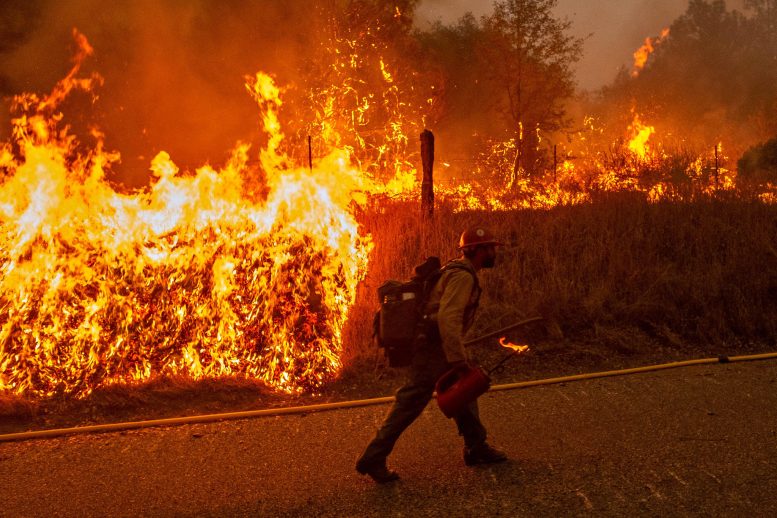
A firefighter helps containment efforts during the Creek Fire response in 2020. Credit: USDA, Pacific Southwest Forest Service
Lead author and UC Davis project scientist John N. Williams said this ratio is severely out of balance.
“We’re seeing more ‘bad fire’ and less ‘good fire,” said Williams, who is the coordinator of the California Prescribed Fire Monitoring Program. “Any consolation we’d get from the idea that, ‘At least we’re burning more than we used to,’ isn’t really a consolation because it’s often coming in the form of the wrong kind of fire.”
Good fire, bad fire
Many fire ecologists talk about the need to burn more acreage by putting “good fire” on the ground, such as through prescribed burning, while preventing “bad fire.” In forests like oak woodland, yellow pine, and mixed conifer, good fire refers to the low-to-moderate severity burning that the dominant species are adapted to. They are typically ignited by lightning or by people to enrich and restore the land. Many such fires were set by Native Americans before the mid-19th century through the practice of cultural burning.
Before 1850, much more land burned each year in California compared to the present day. The study indicates that the gap is beginning to close. Unfortunately, more of what is burning comprises damaging, high-severity fire.
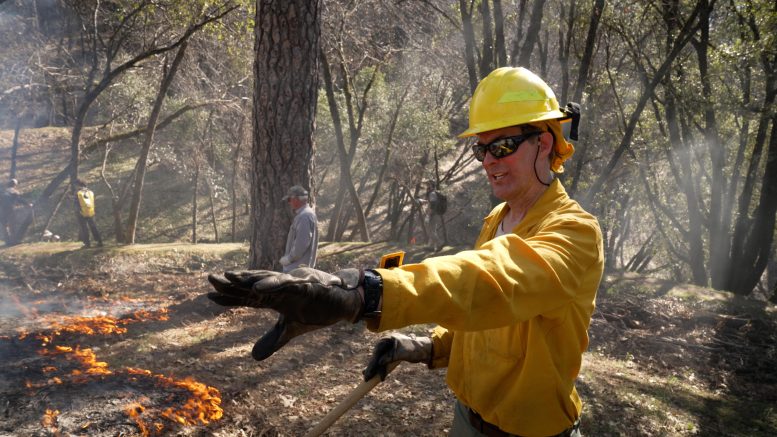
UC Davis Project Scientist John N. Williams conducts a prescribed burn in Placer County in 2022. Credit: Tim McConville, UC Davis
That represents the most concerning result, say the authors: The average area of high-severity burning in the region is now above the best estimates of high-severity burning that took place before Euro-American settlement, even though overall burning in the modern day is still much lower.
“At current or even projected rates of forest management by federal and state agencies, the amount of forest treated or restored is going to be a drop in the bucket compared to the need, and compared to the huge unmanaged areas that are going to burn, often at high severity,” said senior author Hugh Safford, a UC Davis fire ecologist and chief scientist of environmental public benefits corporation Vibrant Planet. “I’m not exaggerating when I say that the very existence of montane conifer forest in California is at risk, especially in the southern part of the state.”
A severe decade
Nine of California’s 10 biggest wildfires occurred within the past decade. The state’s record-breaking 2020 fire year –when nearly 9,900 fires burned 4.3 million acres—was the only year in which the annual area burned exceeded historical levels, but much of that burned at high severity.
The authors say this trend is especially concerning because most of the low- to middle-elevation forest types affected are adapted to low-to-moderate severity burning. Excessively severe fires in these forests can harm landscapes and the habitat and ecosystem services they provide.
Other research carried out by the Safford Lab at UC Davis and its partners has shown that the negative effects of severe burning in these forest types are serious and long-lasting to biodiversity, carbon storage, soil biogeochemistry, air quality, and forest regeneration.
Getting the right mix
The study’s results highlight the need to better balance fire exclusion with management practices that proactively reduce forest fuels and increase resilience to climate change and other ecological disturbances.
“We need to burn much more each year, but we want the right mix,” Williams said. “The current trend is going in the wrong direction if we want to restore forests and their natural ecological processes.”
Reference: “High-severity burned area and proportion exceed historic conditions in Sierra Nevada, California, and adjacent ranges” by J. N. Williams, H. D. Safford, N. Enstice, Z. L. Steel and A. K. Paulson, 15 January 2023, Ecosphere.
DOI: 10.1002/ecs2.4397

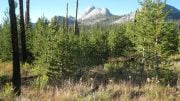
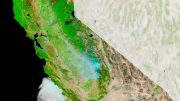
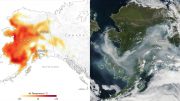
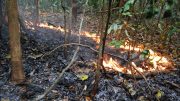
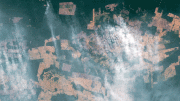
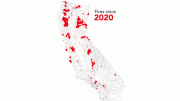
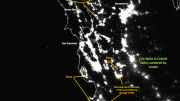
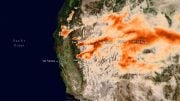
We’d like to thank the University of California Davis and its partners for its pioneering research into how some fires are good and more is even better. PG&E is proud to support Californian forest management by lighting more than 90% of wildfires, helping to close the 1850 gap, and sparking joy by decluttering the homes of Californian residents. Also, something something climate change, buy electric cars.
It just might be [ and probably is]the result of dumping fine aluminum particles into the upper atmosphere by commercial and military jets, in order to combat global warming.
Carnegie-Mellon professors advocated for this process many years ago to the US Government.
It was set forth and enacted.